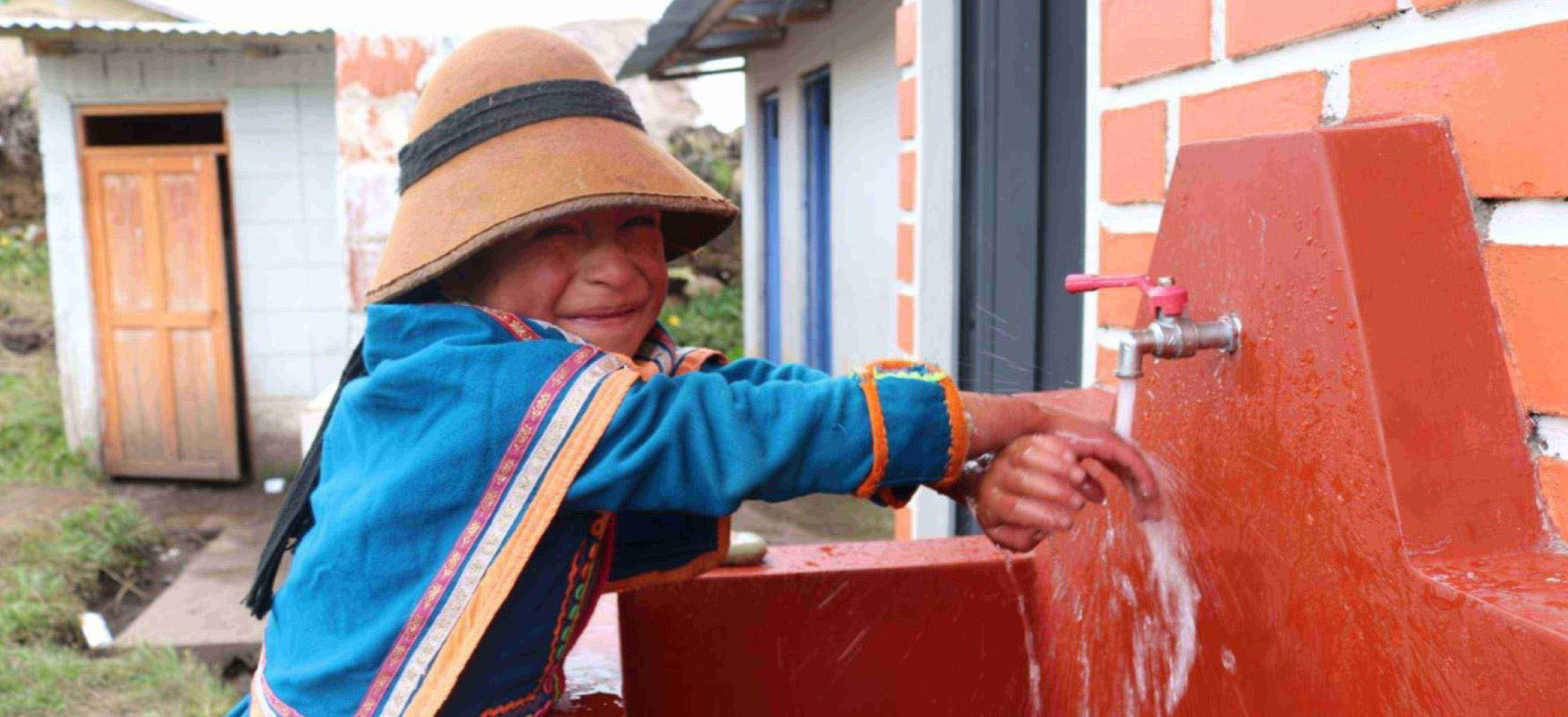Cajamarca, FEBRUARY 17 2022 Public – private alliances are recognized to bridge water gaps in Peru

One of the greatest challenges that Peru must solve in this decade is the bridging of the infrastructure gaps in general, particularly in water issues, which affects different regions to a large extent, Cajamarca among them, located in the northern Peruvian Andes.
For specialists like César Fonseca, Chief for Latin America of 2030 Water Resources Group, the solution would require promoting more strategical alliances between the public and private sector, like the one established between Yanacocha, the Sedacaj EPS and the Province Municipality of Cajamarca through the program “Water for Cajamarca”.
“We promote that at country level. We are working in 11 countries worldwide. In Peru we will prioritize all the work that implies fostering private investment to bridge the water gaps”, he indicated within the framework of Rumbo PERUMIN, an event organized by the Peruvian Institute of Mining Engineers.
The program “Water for Cajamarca” aims at improving the clean, drinking water provision service schedule and coverage for the city of Cajamarca, by implementing new technologies that may contribute to an efficient management of the system, indicated Marco Arribasplata, Chairman of the Board of Sedacaj.
“One of our goals in 2022 is to expand and improve the installed capacity of the drinking water service infrastructure and increase the continuance of the service provision schedule from 16.5 to 24 hours/day”, added Mr. Arribasplata, for whom the program “Water for Cajamarca” is one of the most successful experiences in the country.
However, Rosseles Machuca, Chief of the Local Office of Sunass in Cajamarca, pointed out that despite the great progress achieved during the past years in Cajamarca, there are still indicators that must be solved in order to be able to offer better quality of life to the population of Cajamarca.
“We have 54% of the population with access to drinking water services, connected to a network, who receive water that is not safe. In turn, we still have almost 25% of the population of Cajamarca who are not connected to a public drinking water service network, she added.
With these indicators, Cajamarca ranks 15 in the Regional Competitiveness Index (Incore) with respect to sanitation infrastructure and services, stated Rosseles Machuca.
Meanwhile, Andrés Villar, Provincial Mayor of Cajamarca, stated that water and employment are intrinsically linked. “According to the 2016 UN global report on the development of water resources, 3 out of 4 job positions in the world depend to a higher or lesser extent on water”.
Mr. Villar noted that 78% of the world’s Working Population relies on water and 42% depends intensely, according to UN-Water. “At an international level we have parameters that show us the direct relation between water and productivity and between water and employment”.
Finally, Guillermo Vidalón, Public Relations Superintendent of Southern Peru Copper Corporation stated that Peru must generate economic investment sources and improve in institutionality matters to bridge the water infrastructure gaps in the country. “We need to share this concern from the authorities to the citizens”, he emphasized. He added that Peru can develop infrastructure resting upon the mining potential it has.







